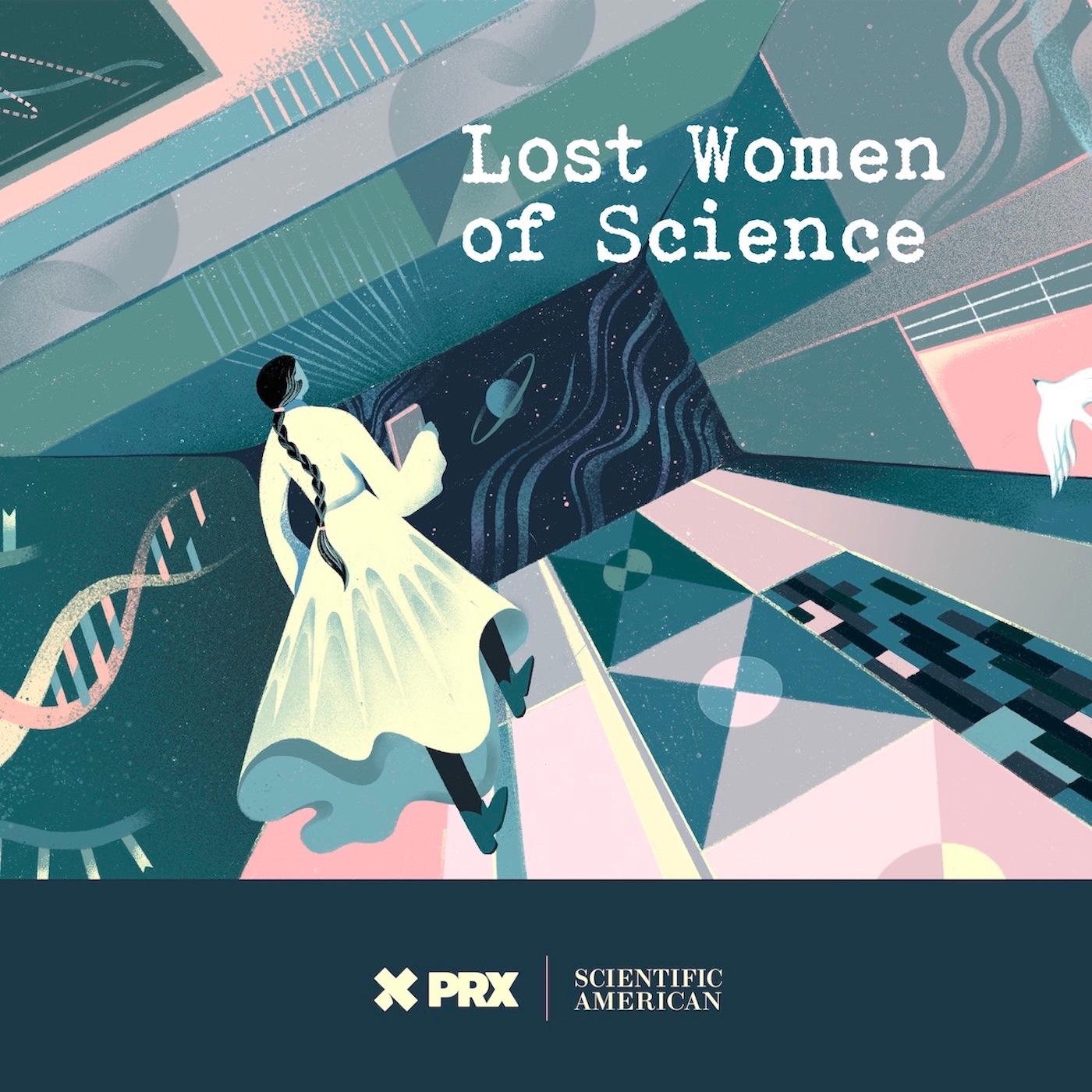
Lost Women of Science
Lost Women of ScienceFor every Marie Curie or Rosalind Franklin whose story has been told, hundreds of female scientists remain unknown to the public at large. In this series, we illuminate the lives and work of a diverse array of groundbreaking scientists who, because of time, place and gender, have gone largely unrecognized. Each season we focus on a different scientist, putting her narrative into context, explaining not just the science but also the social and historical conditions in which she lived and worked. We also bring these stories to the present, painting a full picture of how her work endures.
For every Marie Curie or Rosalind Franklin whose story has been told, hundreds of female scientists remain unknown to the public at large. In this series, we illuminate the lives and work of a diverse array of groundbreaking scientists who, because of time, place and gender, have gone largely unrecognized. Each season we focus on a different scientist, putting her narrative into context, explaining not just the science but also the social and historical conditions in which she lived and worked. We also bring these stories to the present, painting a full picture of how her work endures.









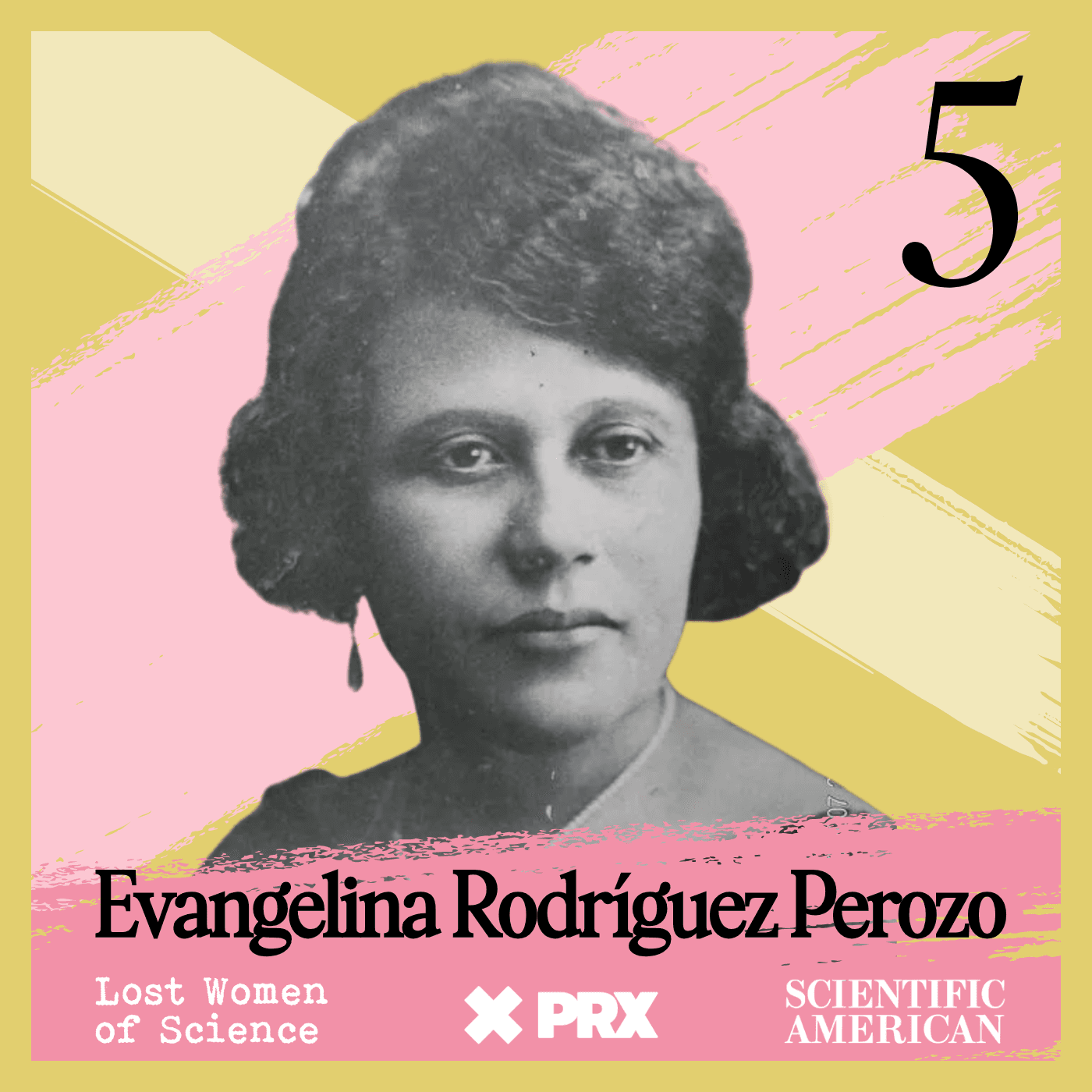













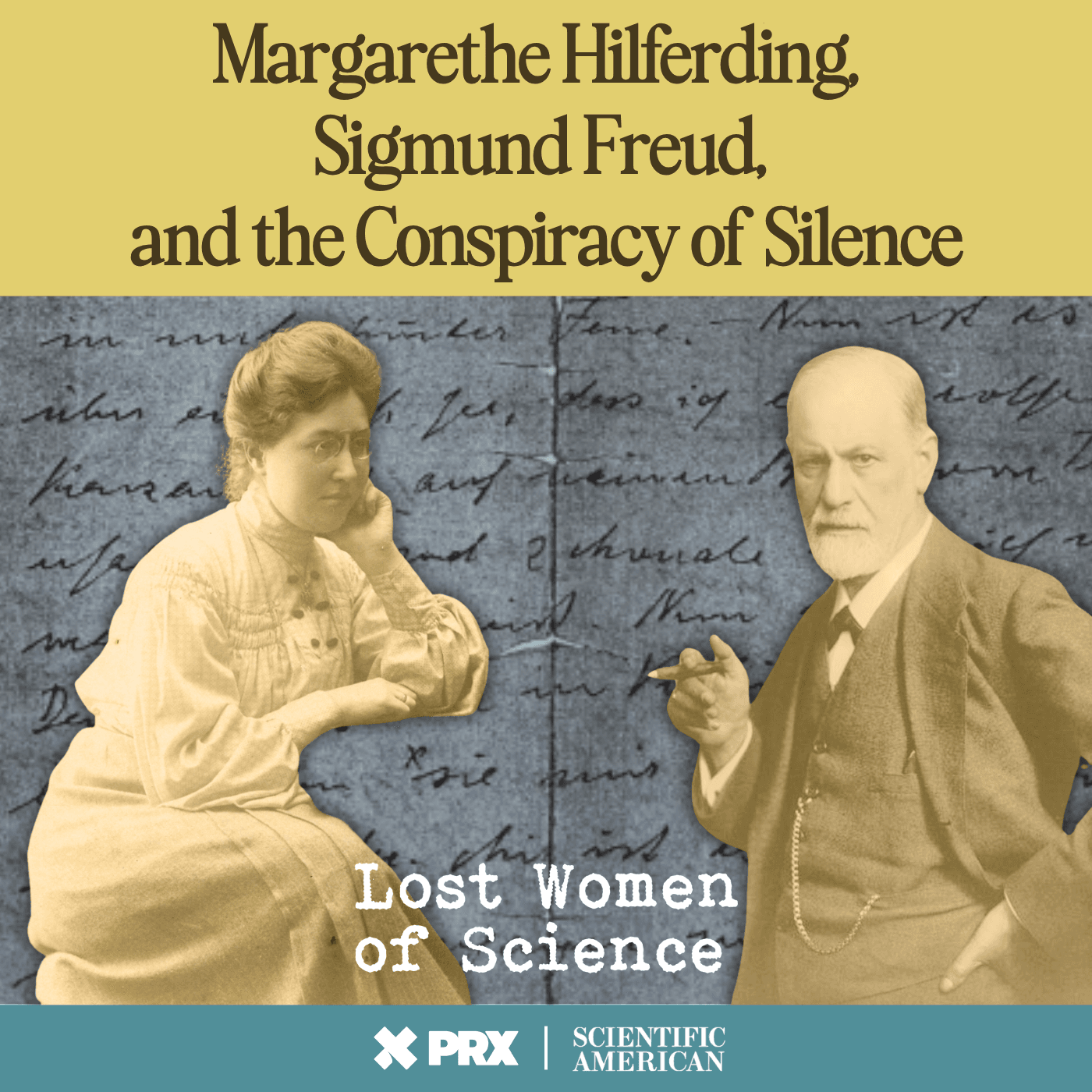





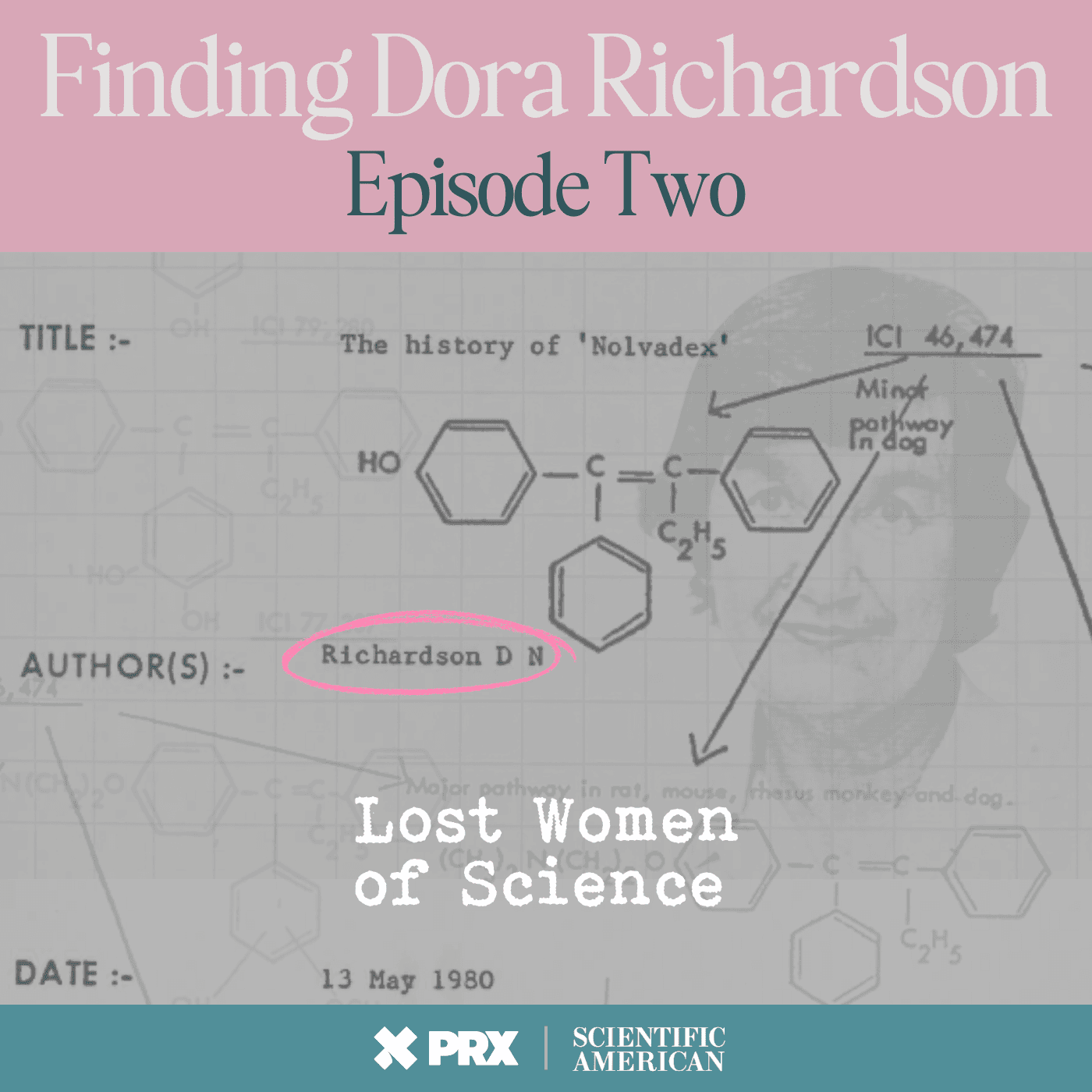
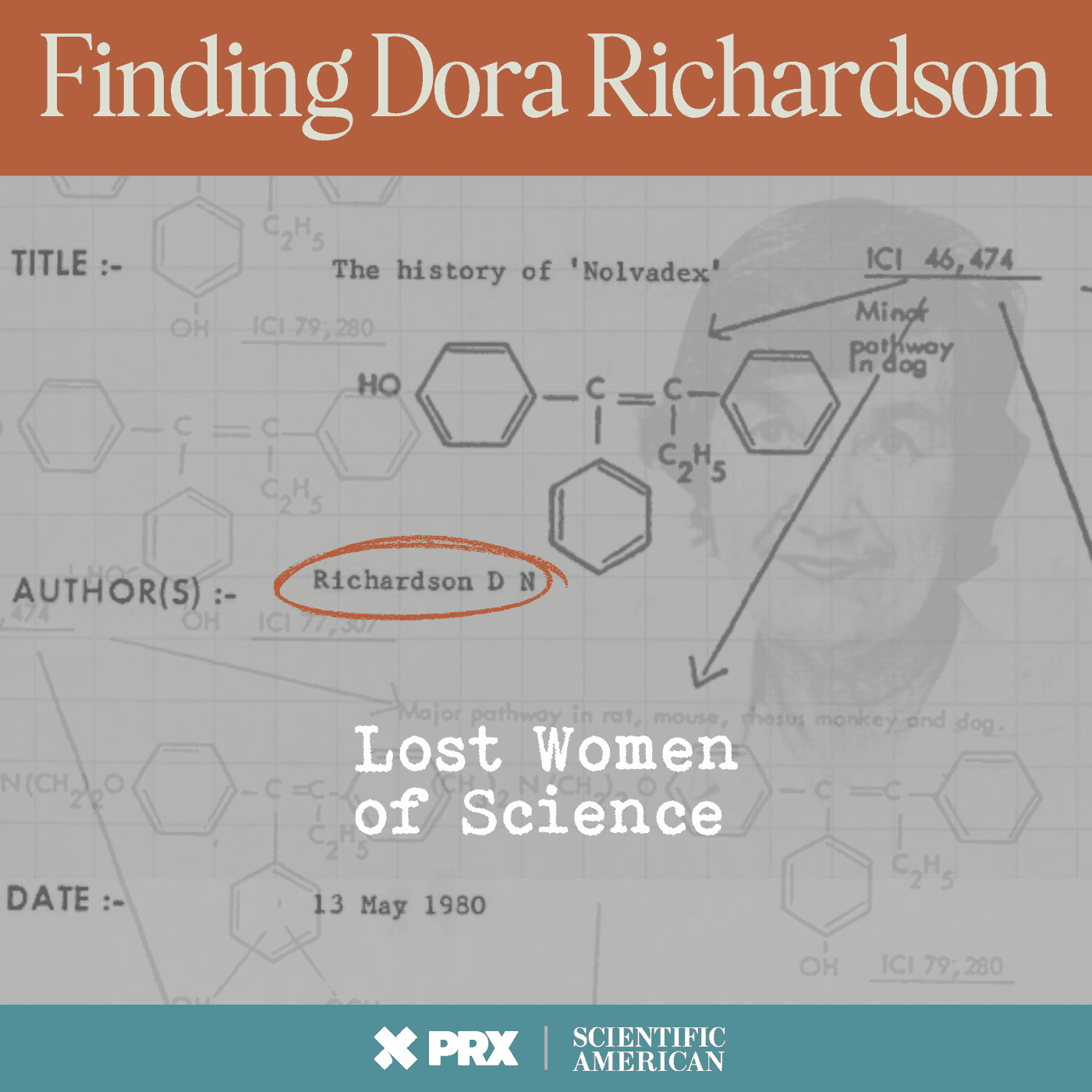


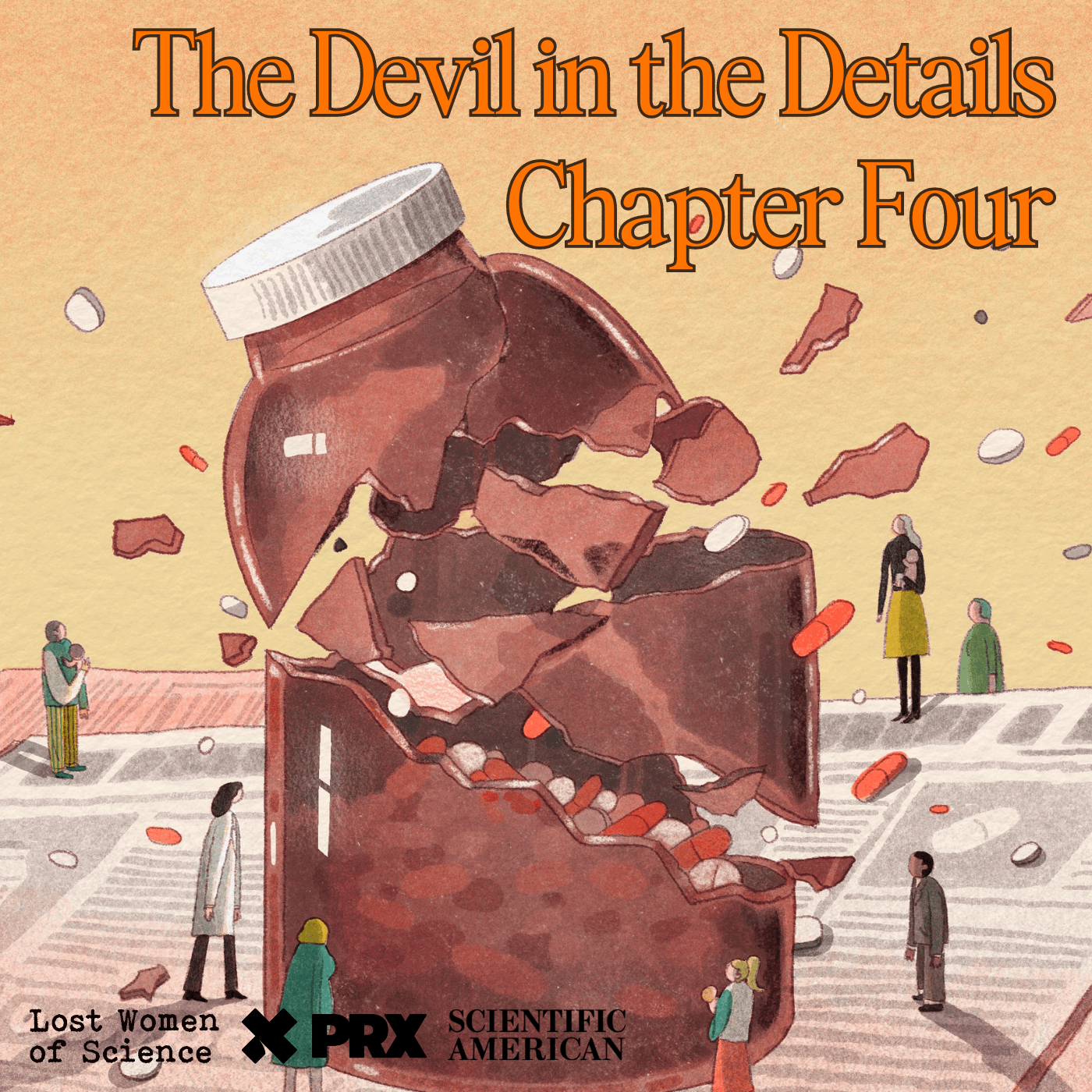

















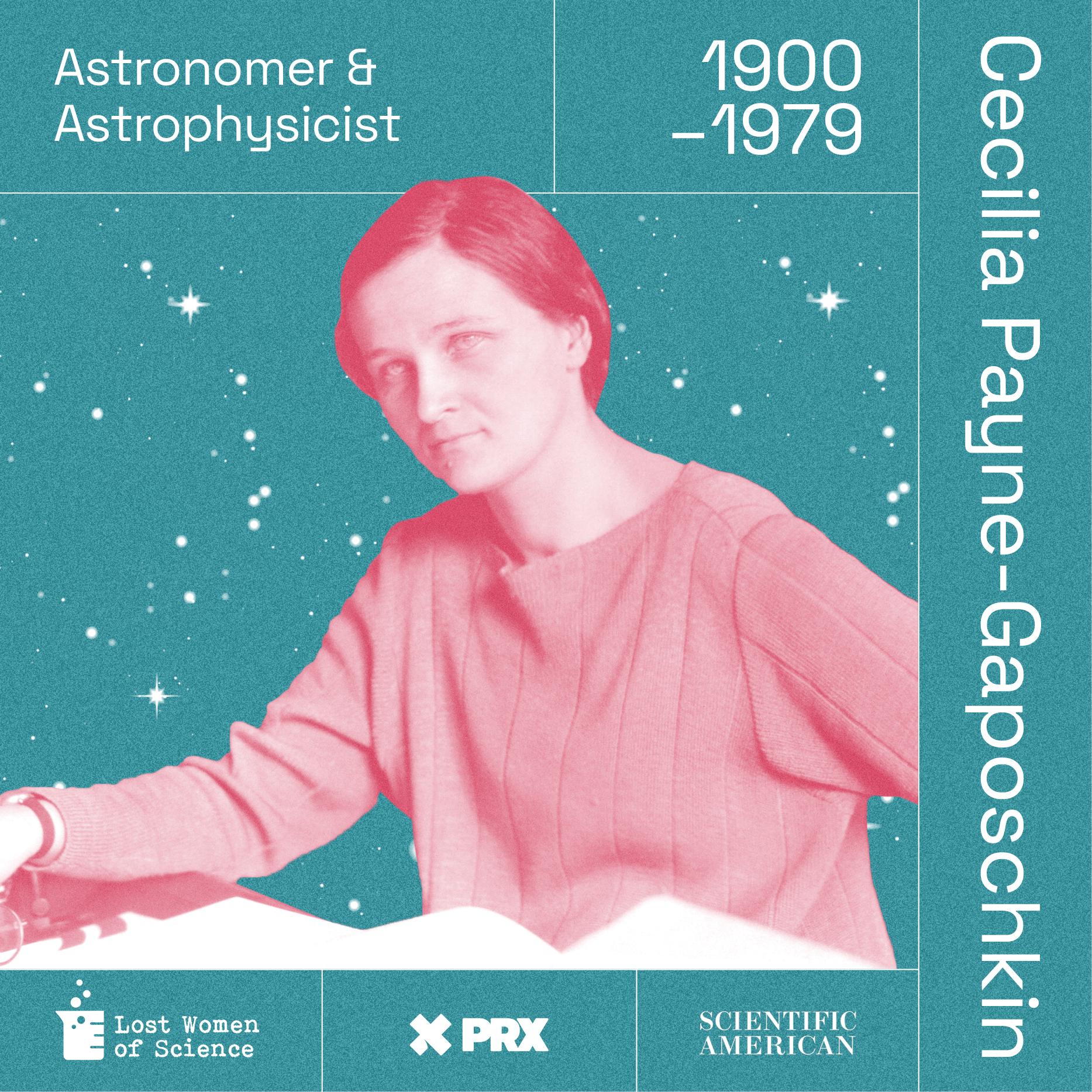
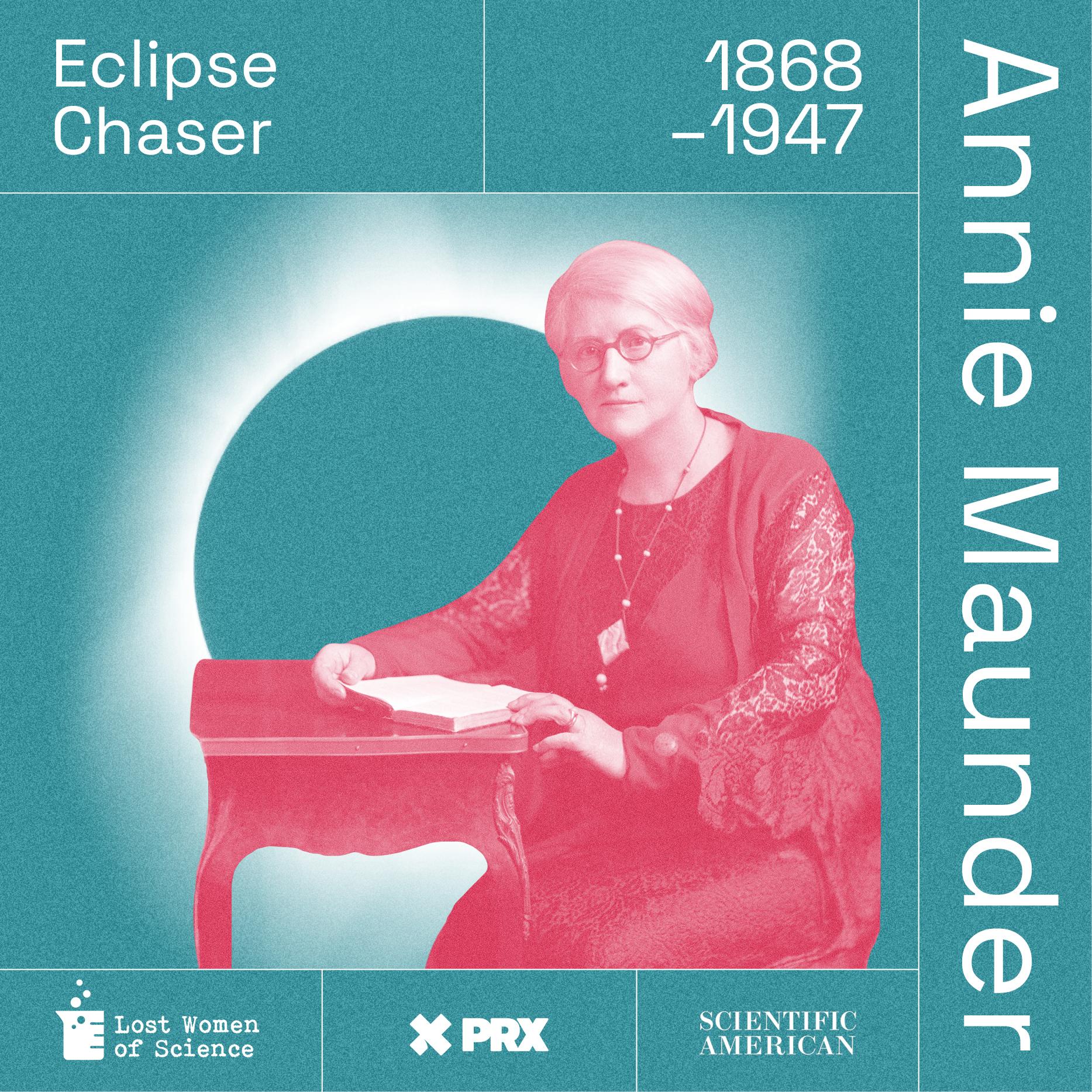
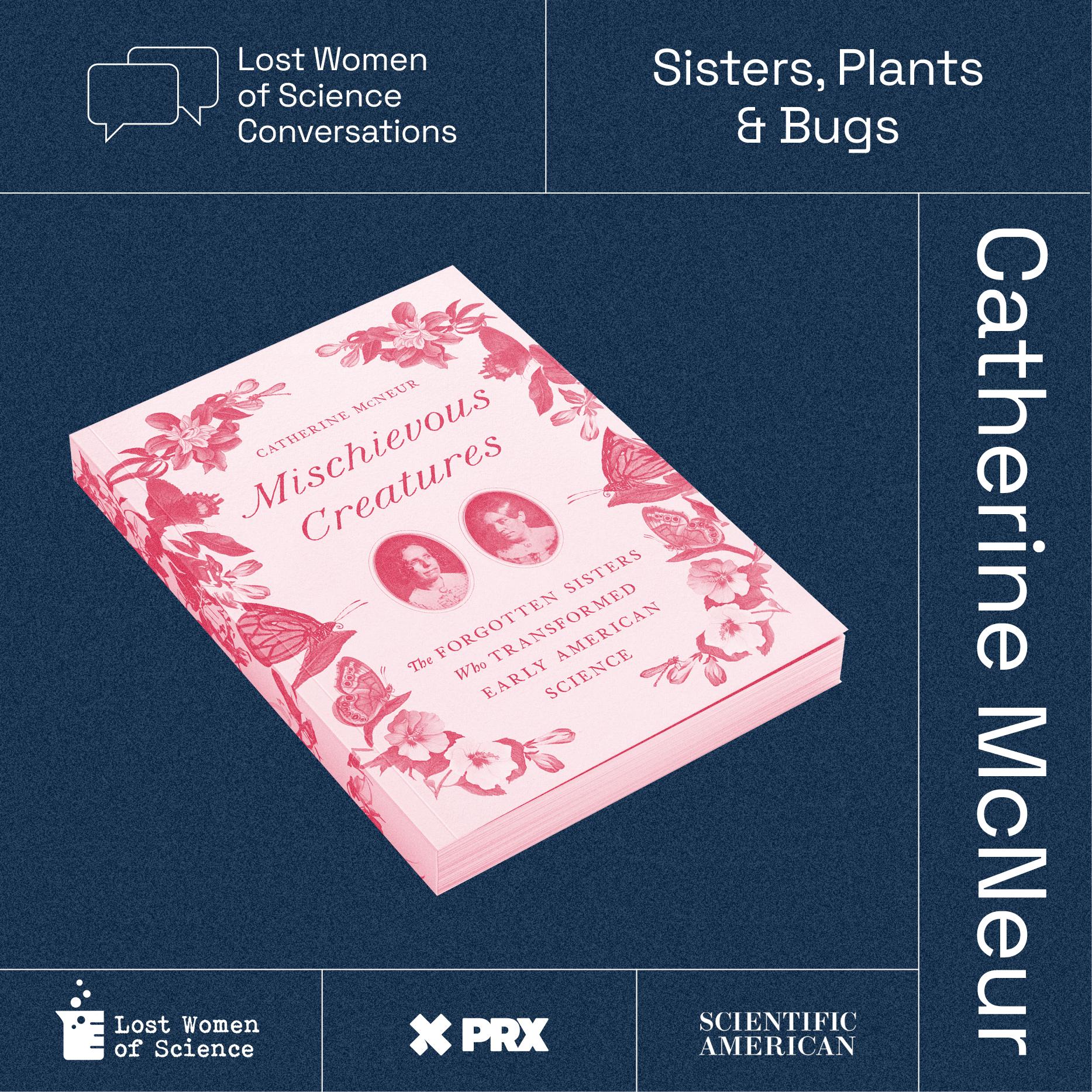

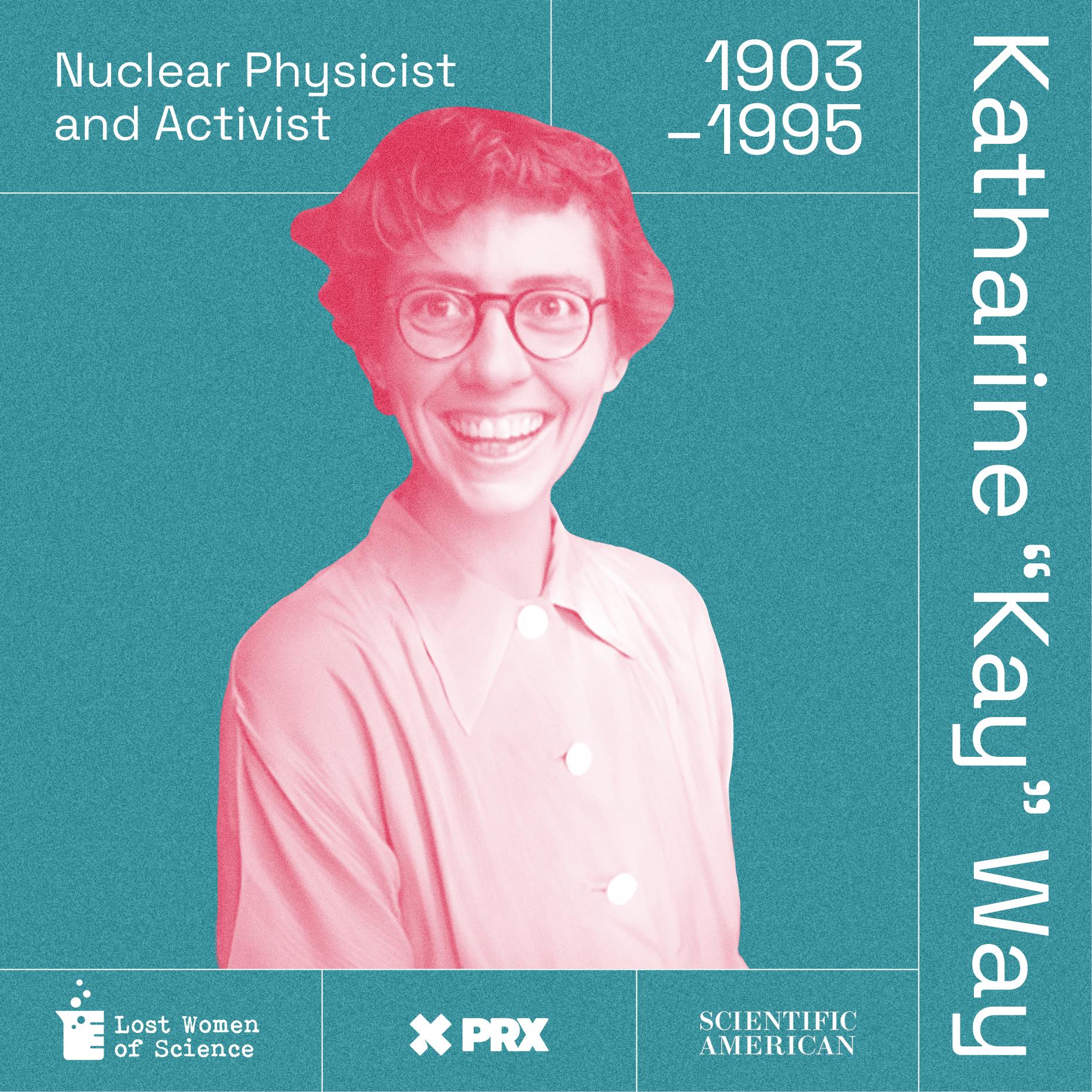









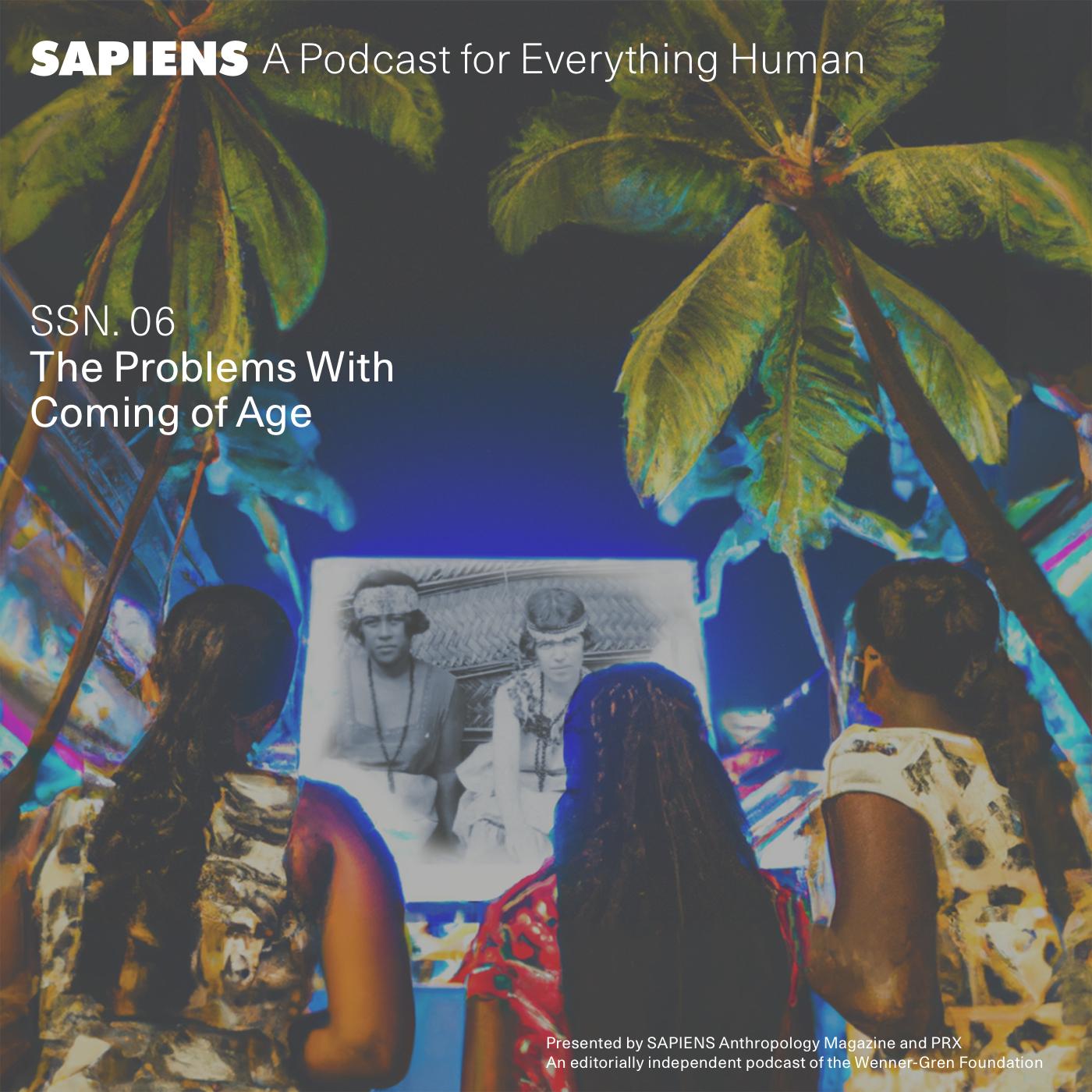











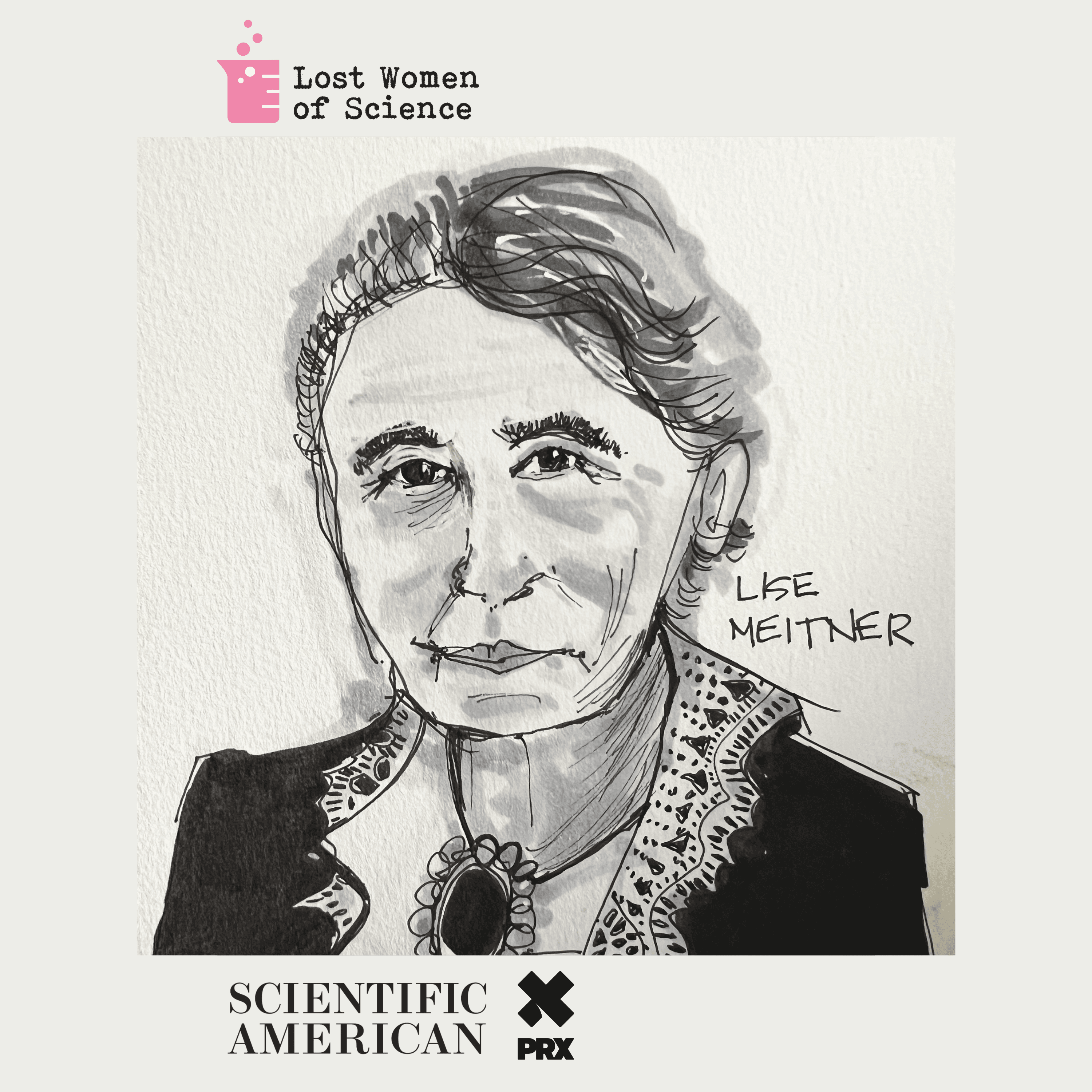



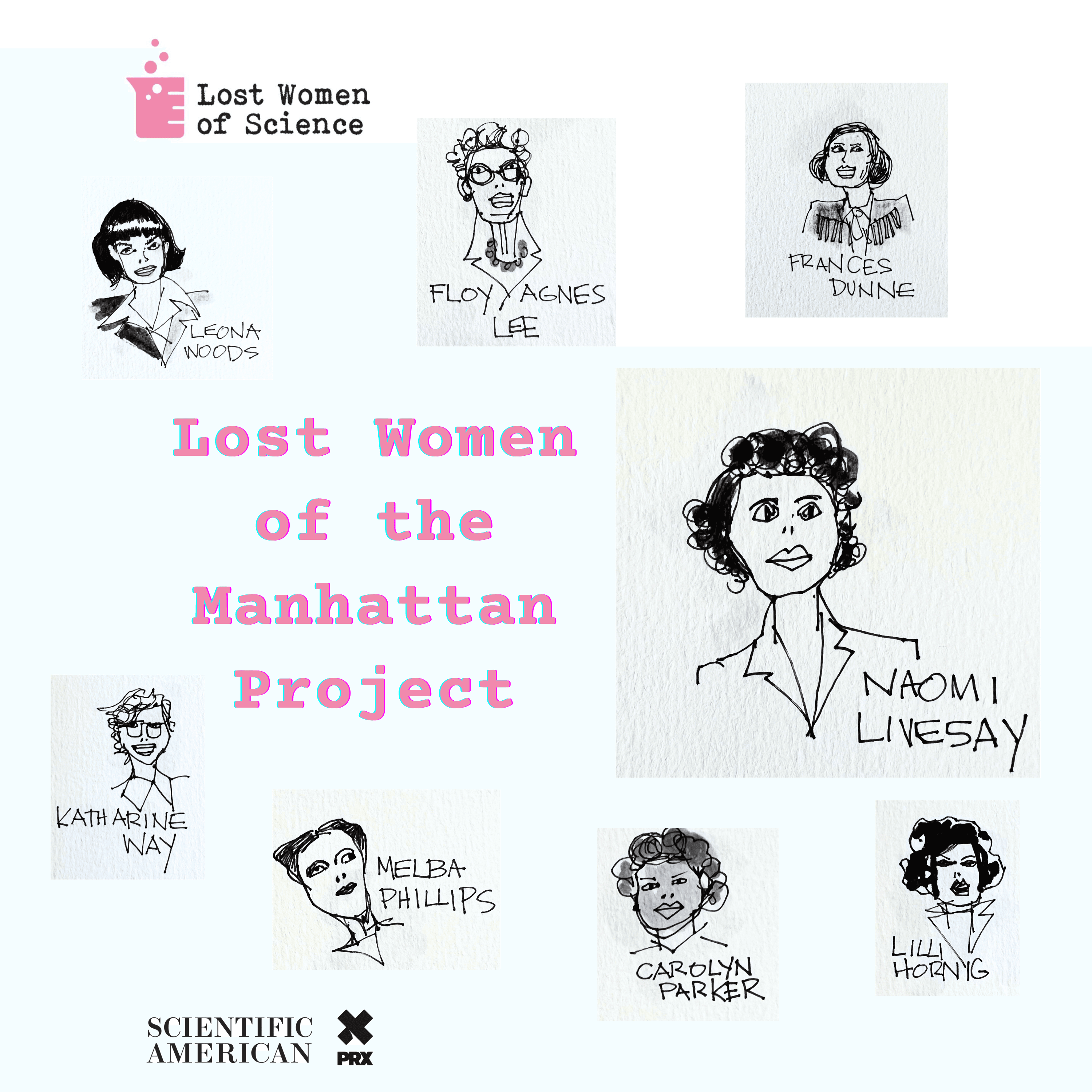




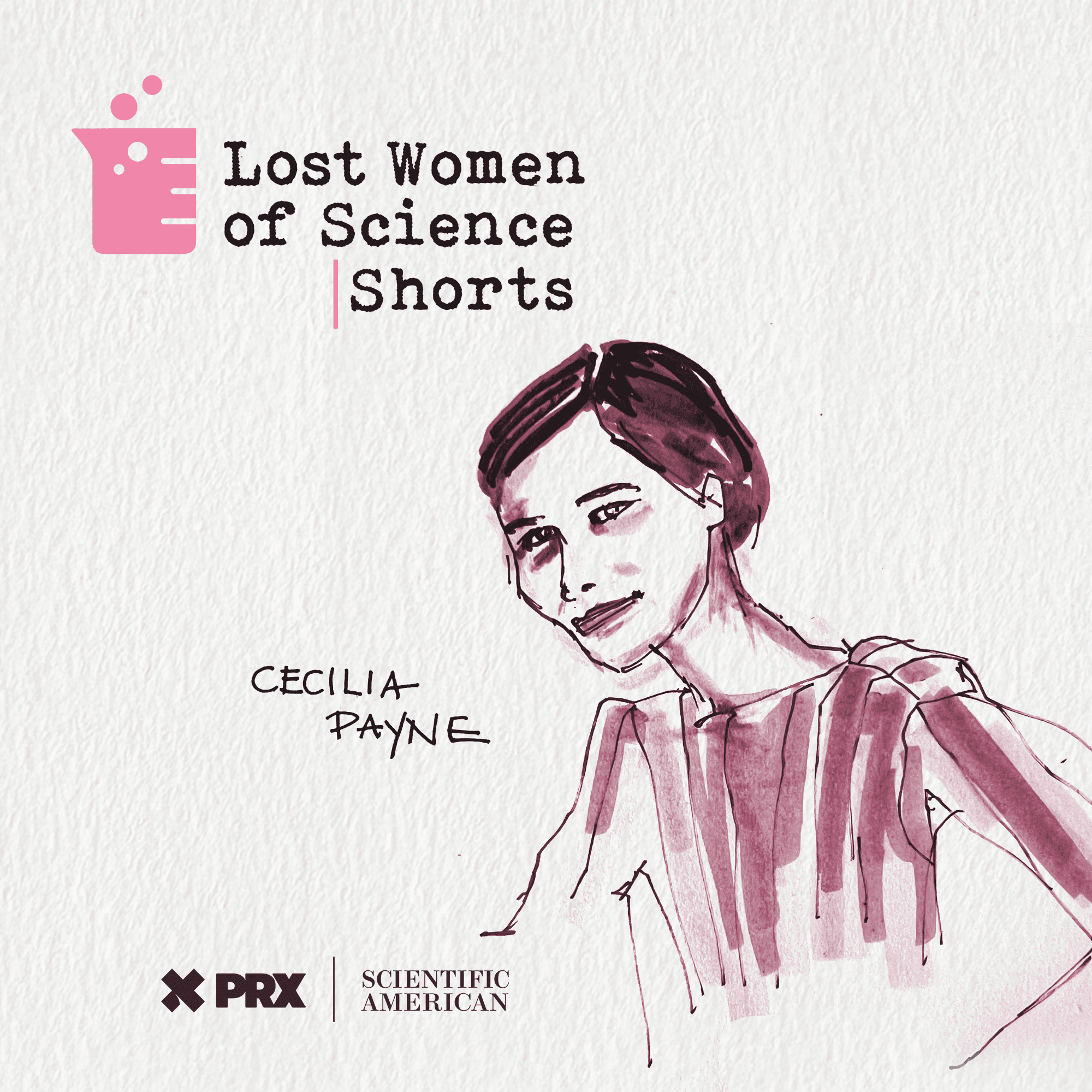











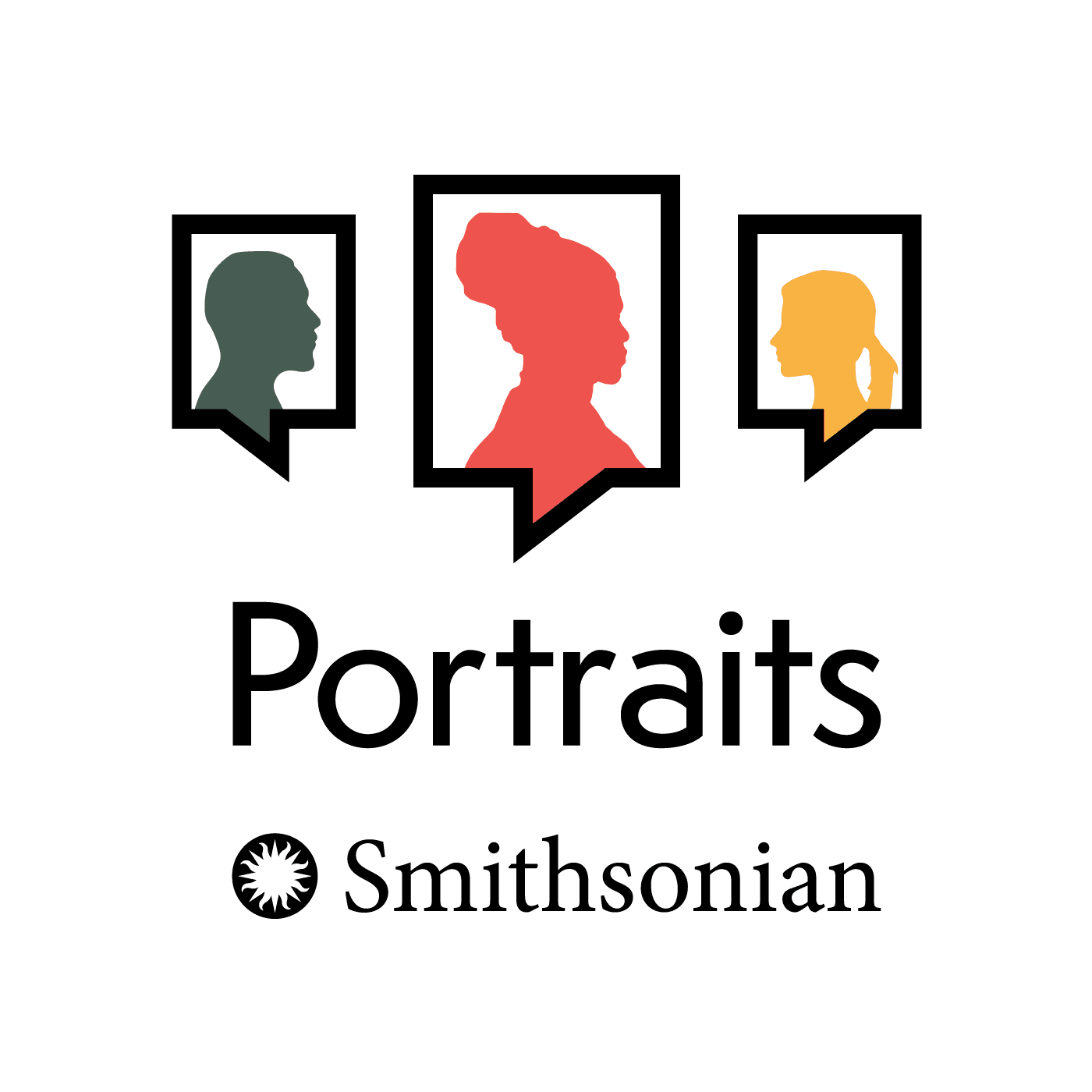














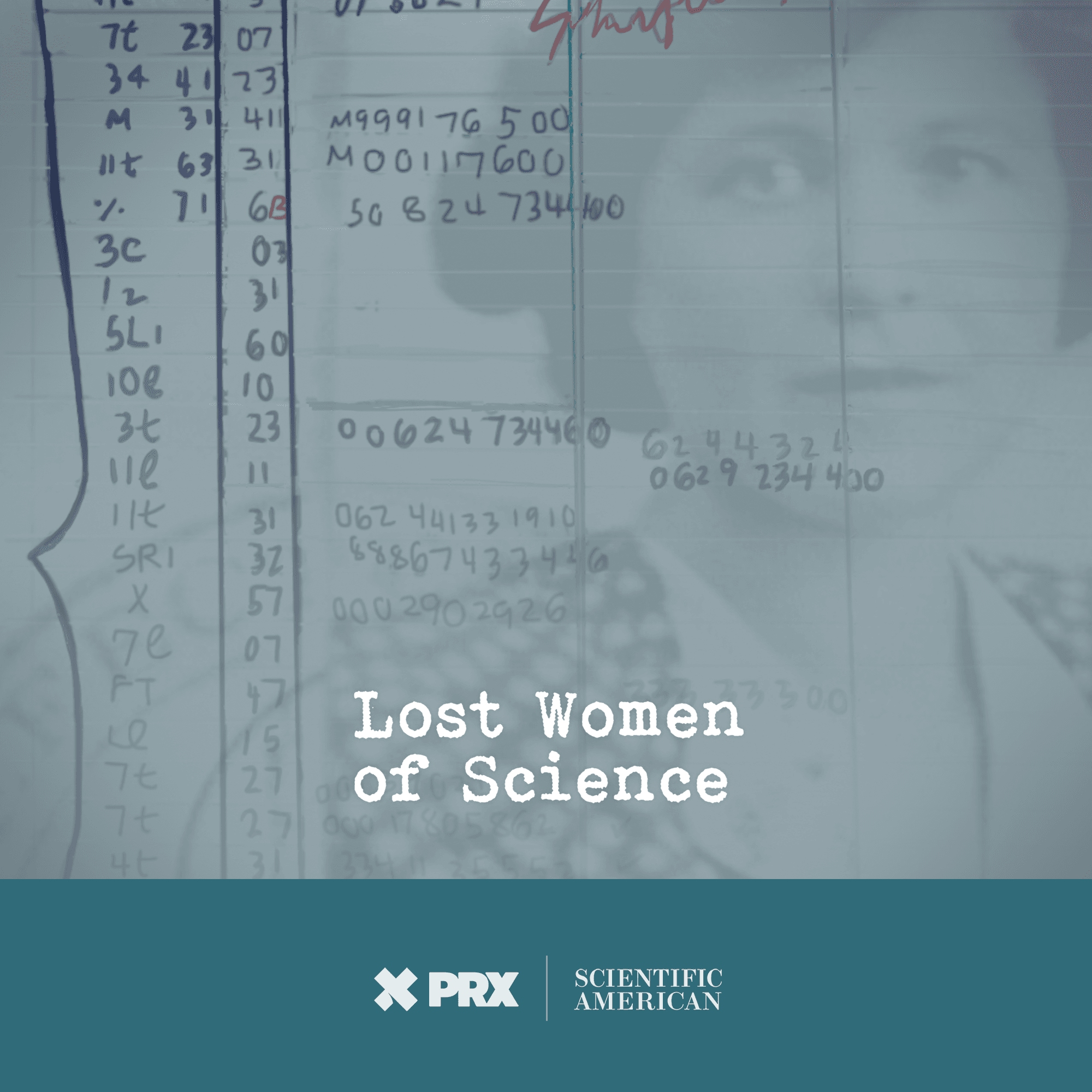
Meet the Physicist who Spoke Out Against the Bomb She Helped Create

Katharine “Kay” Way was a nuclear physicist who worked at multiple Manhattan Project sites. She was an expert in radioactive decay. But after the atomic bombs were dropped on Japan, she became increasingly concerned about the ethics of the nuclear weapons. Dr. Way signed the Szilard Petition and worked to spread awareness of the moral responsibility surrounding atomic weaponry, including co-editing the influential One World or None: a Report to the Public on the Full Meaning of the Atomic Bomb, remaining an outspoken advocate for fairness and justice.
Learn about your ad choices: dovetail.prx.org/ad-choices